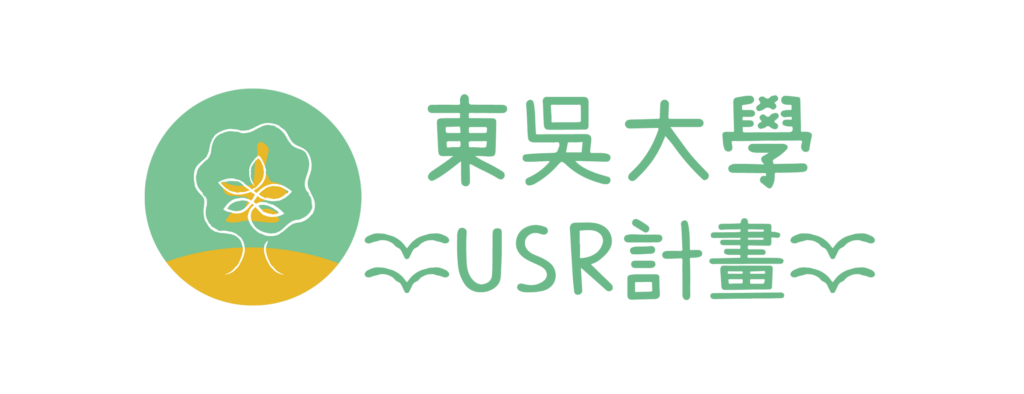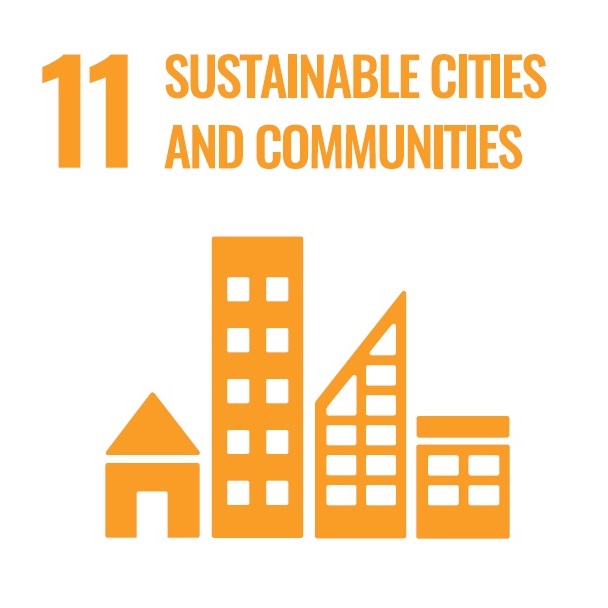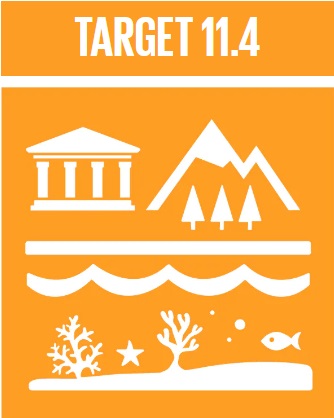

東吳大學USR計畫

109-111「 前世與今生—再現士林昔日百年風華 」
SDGs11.4:進一步努力保護和捍衛世界文化與自然遺產。
問題意識與計畫目標 :
本計畫在籌備過程中意識到士林這個場域正面臨幾個問題:相較於大稻埕對於文化史蹟的重視,士林地區則較期待於都市更新;除了部分景點如士林官邸、士林夜市、故宮博物院外,缺乏完整的文史導覽路線行程;宮廟文化流失的速度之快,許多傳統民俗技藝即將失傳。因此本計畫主要以「文史保存」與「在地人才培育」為主旨,以重現士林消失的集體記憶、有系統的建構士林在地的文史資料庫、打造士林文史工作人才培育機制等為目標。
Problem-Aware and project goals:
During the preparation process of the project, the USR team realized that Shilin is facing several problems. Compared with Da-Dao-Cheng, where culture and history are highly valued, Shilin is more focused on urban renewal. We lack cultural-themed tours, except for some major attractions like Chiang Kai-Shek Shilin Residence, Shilin Night Market, and National Palace Museum. The rapid loss of traditional temple culture has caused many folk activities not being able to pass down. Therefore, the main purpose of our project is “preservation of cultural history” and “cultivation of local talent education”. We aim to reappear the disappearing collective memory, systematically construct a database of local cultural history, and create a mechanism to cultivate local talent education in the Shilin district.
計畫執行策略與作法 :
本計畫以「人才培育」與「在地培力」兩者為重點,主要策略為將內、外部資源相互結合,以「文化永續及產學合作」為首要目標。透過「專業課程」、「實作課程」及「專業工作坊」,培養文史工作相關人才。並且與在地的文史工作室、當地社群合作,結合學校現有資源、實習等方式,讓學生與當地社群共同學習與成長。並且本計畫是以非物質文史遺產的歷史、社會、族群等面向作考究,同時也涵蓋社區參與及社區動員等方式。本團隊將與進行文資保存的相關產業接洽,也將與從事設計、生產相關性的專業學院或系所合作。
Implement strategies and methods of the Project:
The project put emphasis on “preservation of cultural history” and “cultivation of local talent education”. The main strategy is to combine internal and external resources, and focus on “cultural sustainability and industry-academia cooperation”. By holding“professional courses”, “practical courses” and “professional workshops” to cultivate talents related to cultural history work. The project also cooperates with local culture-related studios and local communities, combining the existing resources of the schools, such as internship opportunities and other methods to allow students to learn and grow together with the local community. Our research is based on the historical, social, and ethnic aspects of the intangible cultural heritage. The USR team will contact relevant industries of cultural preservation, and will also cooperate with professional institutes and departments that are engaged in design and production.
預期效益與關鍵績效指標 :
本計畫預期效益為:深化學生在地關懷素養,以及增進對士林文化永續議題的專業、問題意識與行動參與能力;培養第二專長,擴展跨域服務學習據點以及創造在地商機;宮廟文化的保存與傳承;特色導覽路線的建立;在地鄉土教材或兒童繪本的開發。並且計畫前兩年以靜態和動態資料蒐集,與專書出版為目標,第三年則為整合與推廣,其重點分別有口述歷史訪問並完成逐字稿、舉辦專業口述歷史工作坊,以及帶領學生實際進入場域,進行實地觀摩。並且產出口訪專書、導覽手冊、童書、鄉土教材、以及校園合作推廣。
Anticipated Benefits and Key Performance Indicators:
The anticipated benefits of the project are to enhance students’ local caring awareness, strengthen their profession of the Shilin culture problem awareness, and action participation ability of cultural sustainability issues in Shilin; develop second expertise in order to expand transregional service-learning bases and create local business opportunities; preserve and inherit temple culture; build up themed tour route; produce local teaching materials and children’s picture books. In the first two years of the project, the goal is to collect static/dynamic data and publish monographs. During the third year, we will be focusing on the integration and promotion, emphasizing oral history interviews and completing the transcript, holding professional oral history workshops, and leading students to enter the field for actual observation. Besides, we are also planning on producing oral interview books, guidebooks, children’s books, local teaching materials, and campus cooperation promotion.